Hi Everyone,

Some people love technology while others curse it. Those in favour will argue that technology increases efficiency, saves time, saves money, and can even improve quality of life. Those opposed will argue that technology takes away jobs, is risky and costly to develop, has a dehumanising effect on society, causes invasion of privacy and can be used to cause mass destruction. Both groups are right to a certain extent. This post will discuss both the positive and the negative effects of technology and attempt to provide some insight into which are stronger. The post will also discuss what can be done to mitigate the negative effects or even turn them into positives.
What’s great about technology?
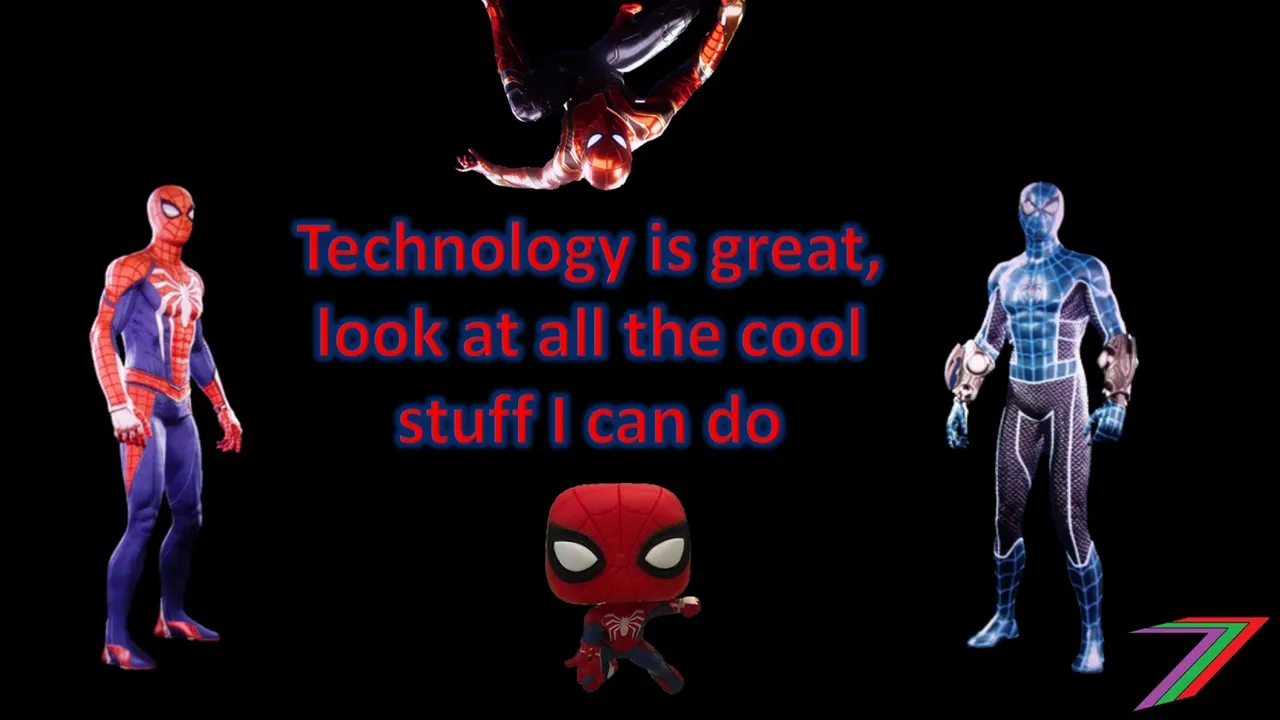
I will begin by discussing the positive effects of technology. Technology is designed to make our lives better. We have technology in the workplace to make workers more efficient. We have technology at home to make household chores easier, living more comfortable as well as provide us with better in-home entertainment. We have technology in our transport to make travel faster and safer. We have technology to improve the quality of entertainment such as cinemas, state-of-the-art sports stadiums, and virtual reality entertainment. We have technology to improve services such as health, education, power and electricity. Everything in our world is touched by technology and should be operating and performing more efficiently.
Quality vs. Efficiency
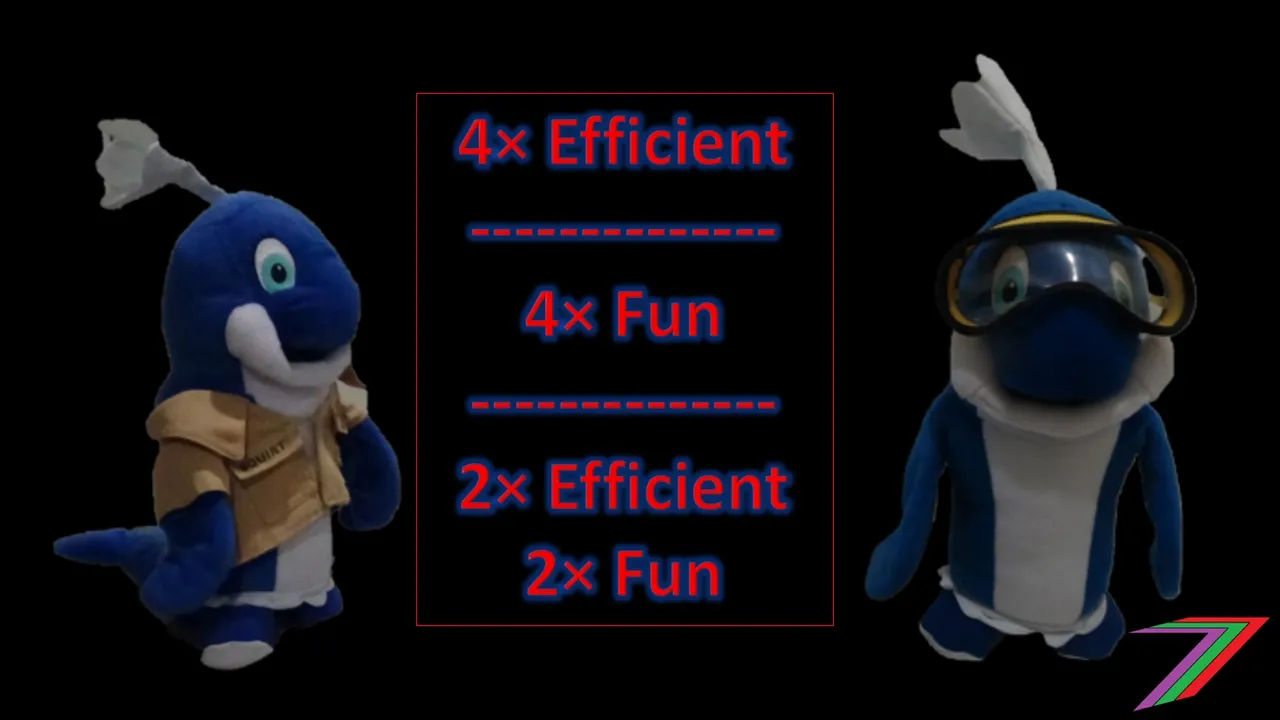
The benefits of technology are too wide to discuss in detail in a single post. Therefore, I will divide technology into two main groups. Technology that improves efficiency and technology that improves quality of life.
Efficiency
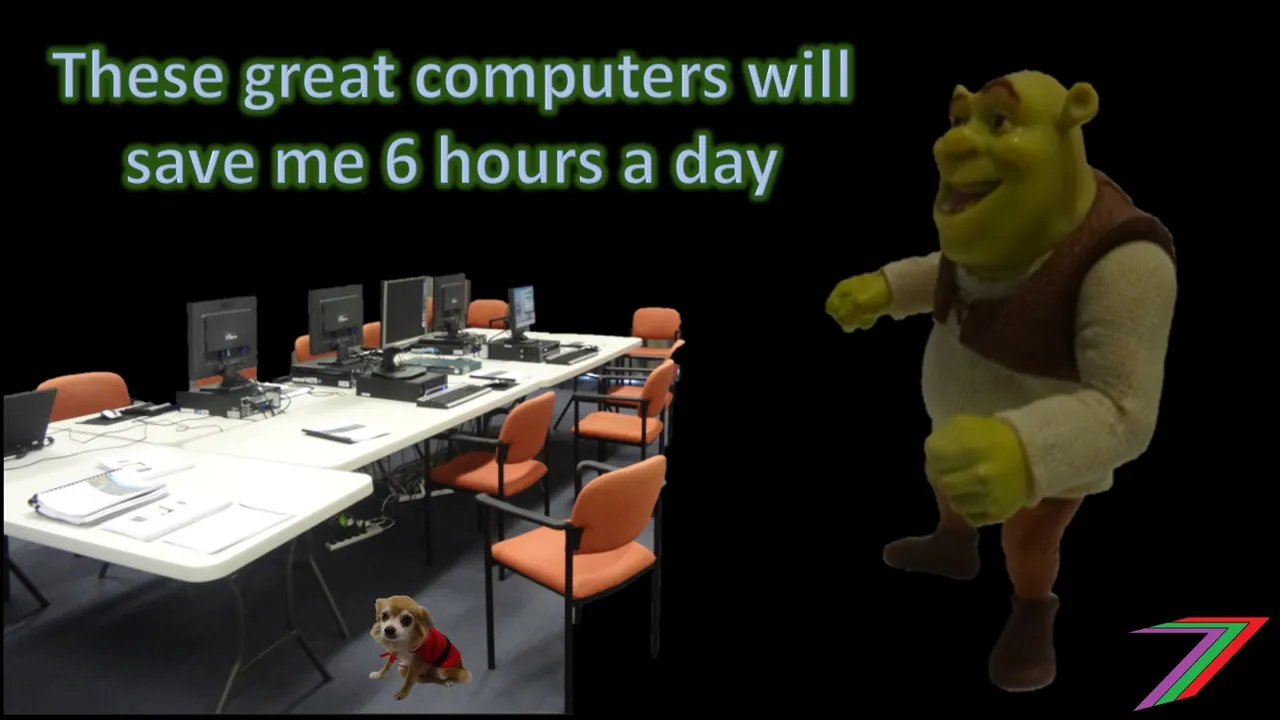
Technology improves efficiency by reducing time and/or cost. I will use the horrible example of widgets to demonstrate my point.
Simple example
Prior to the implementation of technology, one person could make 2 widgets an hour. The cost of material for each widget is $10; each person is paid $10 an hour. Company XYZ hires 100 people to work 8 hours a day. Total overheads are $1,000 a day.
In a day, Company XYZ can manufacture 1,600 (8×2×100) widgets at a total cost of $25,000 (8×10×100+10×1,600+1,000). Each widget costs $15.63 to manufacture.
If a company acquires a new technology to replace the 100 workers. The new technology is able to produce 1,000 widgets an hour at an operating cost of $500 an hour. The company needs to hire 10 additional workers at $30 an hour to operate and maintain the technology. Cost of materials and other overheads are assumed to remain constant.
For an 8-hour day, Company XYZ can manufacture 8,000 (1,000×8) widgets at a total cost of $87,400(8×30×10+10×8,000+500×8+1,000). Each widget costs $10.93 to manufacture.
Alternatively, the company could manufacture considerably less widgets such as 2,000 (operate only 2 hours per day and pay each worker double the hourly wages to compensate for the shorter day) at a total of cost $23,200 (2×60×10+10×2,000+500×2+1,000). Each widget will cost $11.60 to manufacture.
In the example, technology enabled a considerably higher quantity of widgets to be produced in the same amount of time at a lower cost per widget but at higher overall costs. The example also demonstrated that a slightly higher number of widgets could be produced at slightly lower total costs. Under this scenario, considerably less hours are required but workers are paid higher per an hour.
Alternative example
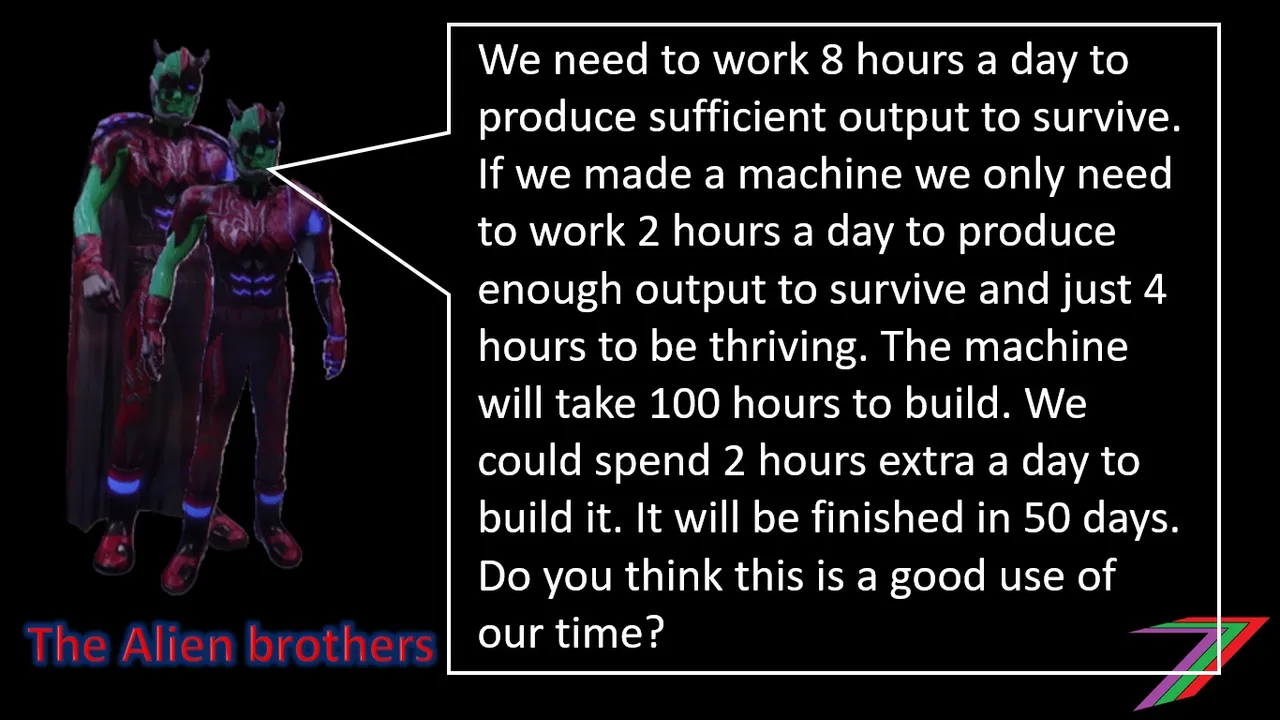
The profitability of the new technology also depends on the costs of acquiring the technology and the demand and elasticity of demand for widgets.
Quality of life

Note: These are my kitchen appliances. The picture shows a Ninja Blender, Air Fryer, Kettle, Rice Cooker, Toaster, Sandwich Maker, Electric Can Opener, and Steamer. Not in picture are the Refrigerator, Freezer, Microwave, Oven, Stove, Dishwasher and Spiralizer.
Technology does not just improve efficiency but also quality of life. It allows us to spend less time doing the things we dislike and more time doing the things we like. Technology presents new opportunities for enjoyment as well as enhances the quality of existing activities.
For technology to improve the quality of our lives, we need to acquire or gain access to that technology. This costs money. Therefore, we need more money than we had prior to the arrival of the technology.
Net effect: Quality of life and efficiency

Technology can make each person more efficient in his or her work. Therefore, to produce the same output requires less hours of work. For example, prior to technology a person produces 2 widgets an hour and therefore, 16 widgets in an 8-hour working day. After the implementation of technology, a person might produce 8 widgets an hour. Therefore, only needs to work 2 hours a day instead of 8.
To enjoy technology a person will need a higher income. Imagine that to acquire or gain access to technology a person needs twice the income. Therefore, that person will need to work 4 hours a day instead of 2.
The net effect of technology in this scenario is that technology has reduced hours worked from 8 to 4 and has also increased the quality of life by enabling access to technology outside the workplace.
What are the arguments against technology?

Technology has plenty of potential benefits if the above examples are actually realised. This is often not the case, as the benefits from improved efficiency from technology is not passed onto the workers. Instead, the benefits are kept with the companies introducing the technology. The companies feel entitled to maintain the profits as they invested in the technology while bearing both costs and risk. Profits from the efficiency provided by the technology is used to cover the costs of investment. In many cases, the returns far outweigh the costs but this is not guaranteed.
What gives companies the power to hold on to the benefits from improved efficiency?
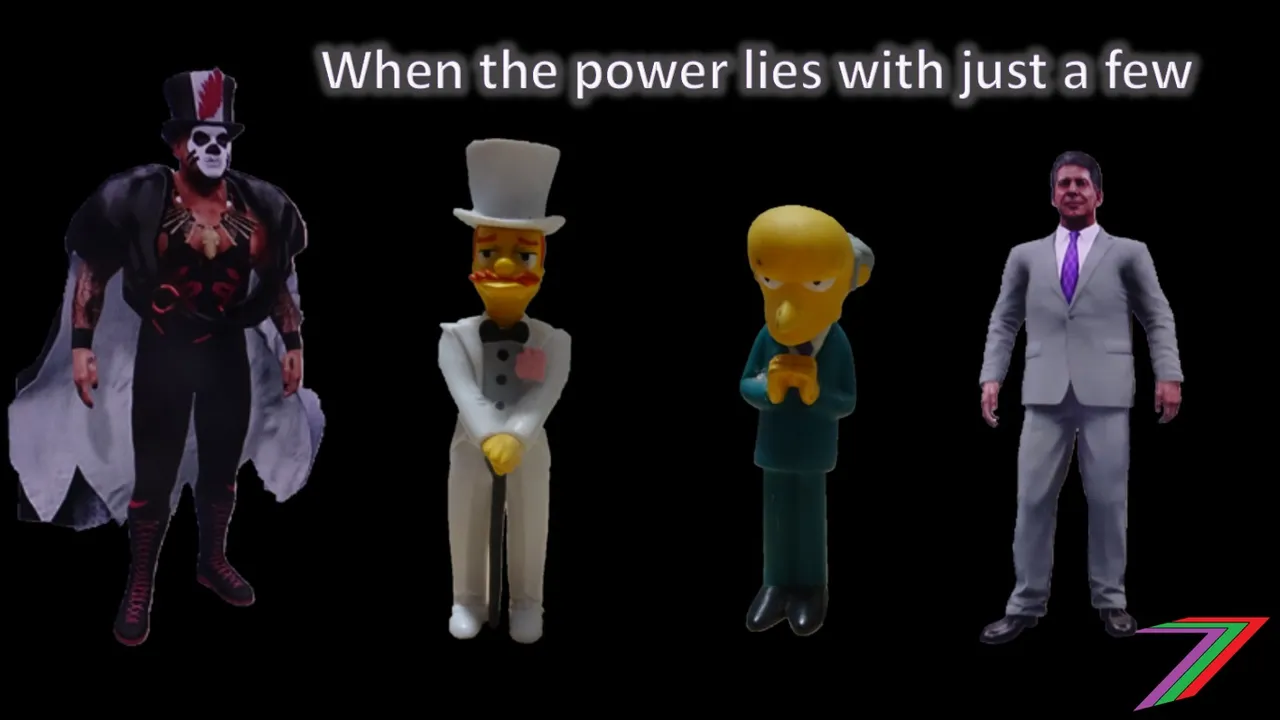
A key factor is market structure. Many companies that use technology belong to an oligopoly market structure (Click here to read more about Oligopoly). These companies are large and are able to afford the high upfront costs of investing in technology or the research required to develop new technology.
This is not always the case. Smaller businesses can still benefit from technology if they cooperate to obtain it. Such methods include joint investments or open source research. Cryptocurrency projects and 3D printing have benefited from cooperation.
Job losses
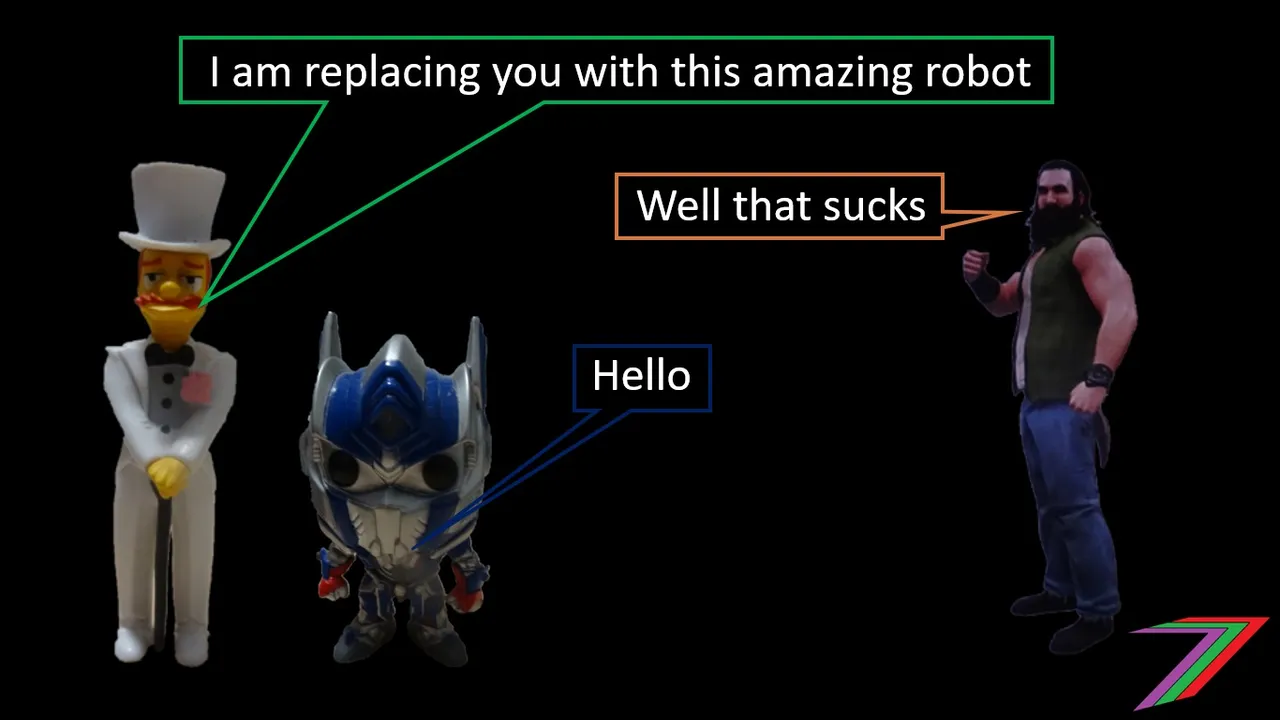
An argument often cited is that technology replaces jobs. This is true; many jobs have become redundant because of technology. Such jobs include:
- Factory workers
- Railway station ticket sellers
- Check-out cashier
- Bridge toll collector
- Knocker upper
- Film projectionist
- Lift operator
- Bowling alley pinsetter
- Switch board operator
Source: British Telecommunications
According to Market Watch, 70% of the tasks performed by 36 million US workers could be performed by existing technology.
According to Forbes, 90% of jobs have been replaced by automation over the past 100 years.
Technology has also created many jobs as well. Such jobs include:
- Social media manager
- Digital marketer
- Wind energy engineer
- Drone pilot
- App developer
Source: Courier Mail
According to Forbes, based on a World Economic Forum report, technology will result in the loss of 75 million jobs but the creation of 133 million jobs worldwide by 2022.
Evidence suggests that technology both replaces jobs and creates jobs. The net affect appears to be the creation of jobs. However, the jobs created are very different from the jobs, which automation has replaced. Reskilling those that lost their jobs is not always easy and if it is possible, will take time. It is quite likely that the introduction of technology will result in the replacement of an older workforce by a younger workforce trained in the skills required by the new technology.
It seems a little counterintuitive that technology designed to improve efficiency by performing work previously performed by people could create more jobs than it would replace. Technology increases demand as well as efficiency. The rise of technology has led to many new industries and markets. All of these require people to fill jobs. Technology also requires research and development that is mostly ongoing. Marketing and advertising also encourages people to acquire new technology. Constant improvements of technology in various devices encourages people to keep upgrading. Companies also engage in strategies such as only supporting the latest release of a particular technology. Therefore, people feel pressured to keep upgrading. For all of these reasons, improved technology requires a large workforce.
Another point I would like to mention is that job creation is assumed to be positive. Any reduction in jobs is considered negative. This is an interesting assumption, which I would like to discuss in a full post. The cost of loss of employment appears greater than the benefit from increased output from less working hours. Is this a genuine problem, a contrived problem or not a problem at all?
Other negative aspects of technology
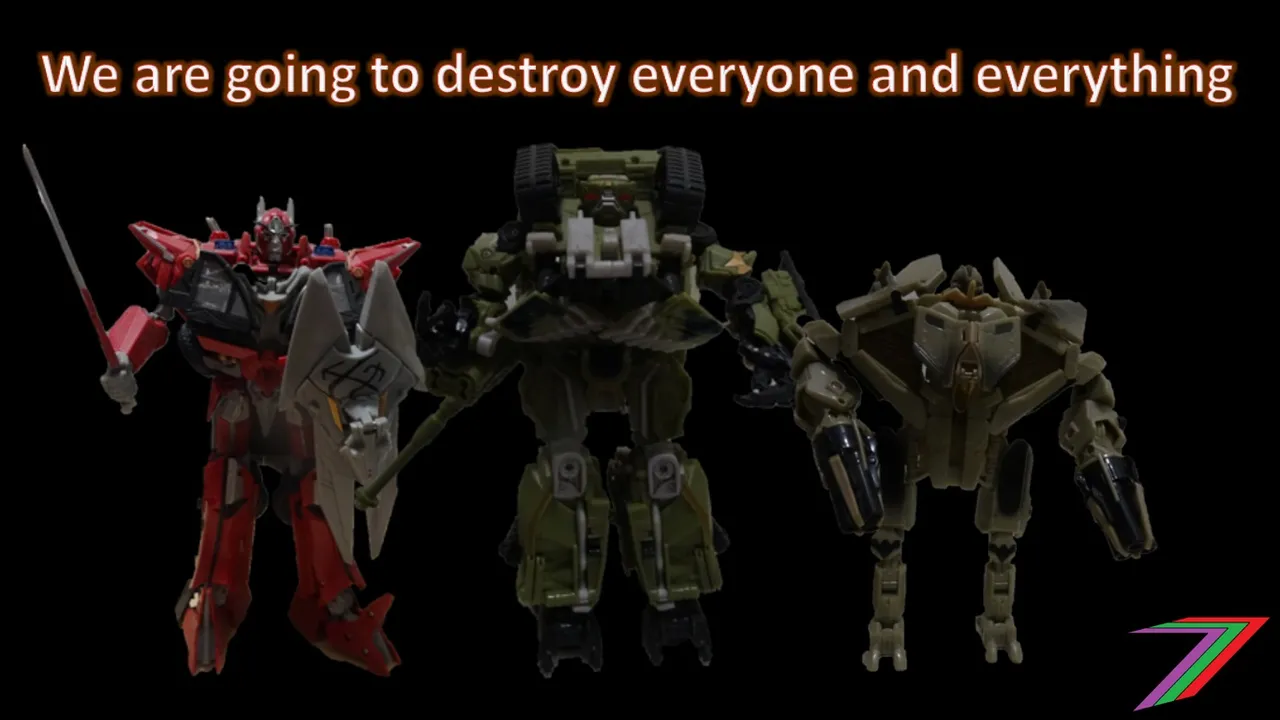
There are several other potential problems and disadvantages of improved technology. Some of these include;
- reduced quality of products
- over-dependence on technology (mental and physical)
- high research and development costs
- dehumanising of society
- radiation from devices
- loss of privacy and security
- high tech weapons
I will not discuss each of the above. Some of them probably deserve a post in their own right. Instead, I will consider them based on choice. If technologies exist, can we still enjoy the benefits of them while avoiding the problems?
What are we able to control?

We have control over the extent we use technology. Our lives do not need to revolve completely around using technology. Technology used for pleasure can be used in moderation. A balanced approach to our activities is more likely to bring a higher quality of life than staring into a screen all day and every day. Moderation of use will less likely cause people to become detached from the world. In addition, they are less likely to suffer health effects (mental and/or physical).
In regards to radiation from devices, lower usage would lower the effects radiation has on our health but there are also arguments regarding the effects of radiation from the networks themselves rather just the devices; this is beyond the user’s direct control. This is a topic to be explored further in another post.
Problems such as loss of privacy and security as well as reduced quality of products can be mitigated through use of technology. Technology enables us to acquire information about the quality of products as well as provide us with ways to protect our privacy. There are technology solutions for technology problems.
The problem of loss of privacy is a difficult one to resolve fully. Software can protect us against hackers as well as cookies that acquire personal information but it is unlikely we will ever be fully protected. Companies and organisations such as Facebook, Google and the National Security Agency of the USA are very adept at acquiring information about people (John Alexander 2015).
Technology is used in and to develop weapons that can cause devastating effects on a large number of people. Some would argue that such weapons are a deterrent, which will save more lives than they kill. At this point, I do not think that assertion can be clearly made. High tech weapons have already been used and have taken the lives of many people (Darran Anderson 2018).
Conclusion

There are many great benefits of technology. Most of these relate to improved efficiency and improved quality of life. Unfortunately, most people have not successfully reaped these benefits. This is because large companies that own the technologies have kept the benefits to themselves and provided minimal benefit to those using the technology. Benefits to the quality of life have also not been fully reaped as the rewards from improved efficiency has not successful flowed to the people as they require wealth to acquire or gain access to the technology.
There are many concerns about technology reducing the number of jobs. This is not unfounded, as many jobs no longer exist because of technology (automation). However, automation has also created many jobs as well. Evidence suggest more jobs may have been created than lost. This argument is also based on the premise that more jobs are better than less.
Many other potential negative aspects of technology have been raised. Some of these aspects can be mitigated through the choices we make. Other negative aspects are forced upon us because of the choices other people make and how they use technology. Many of these negative aspects stem from the use of technology by Governments and large companies to gain control and power over the people.
More posts
If you want to read any of my other posts, you can click on the links below. These links will lead you to posts containing my collection of works. These posts will be updated frequently.




Steem - The Future of DApps



